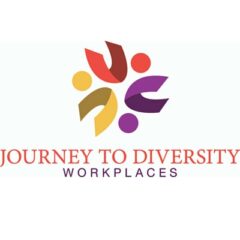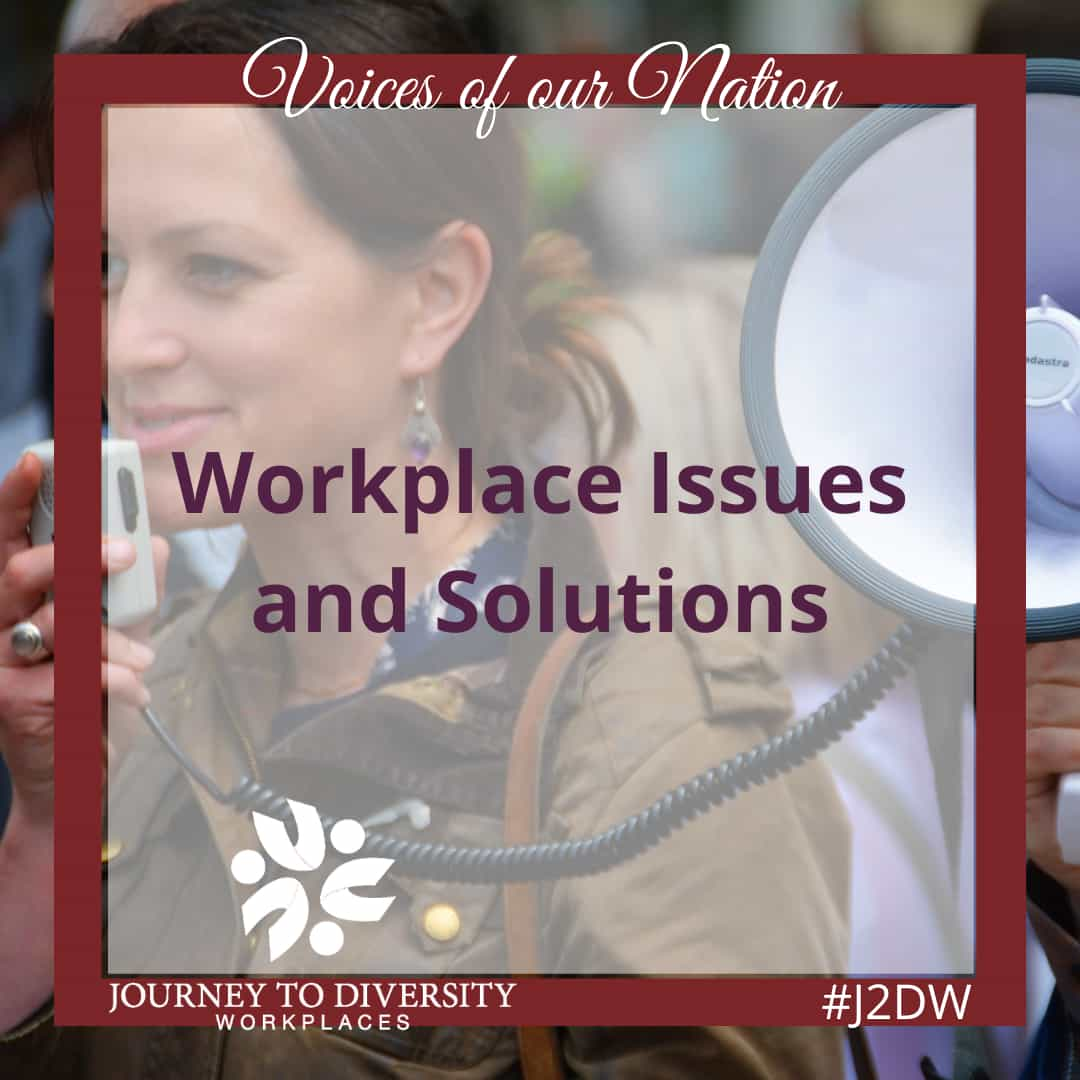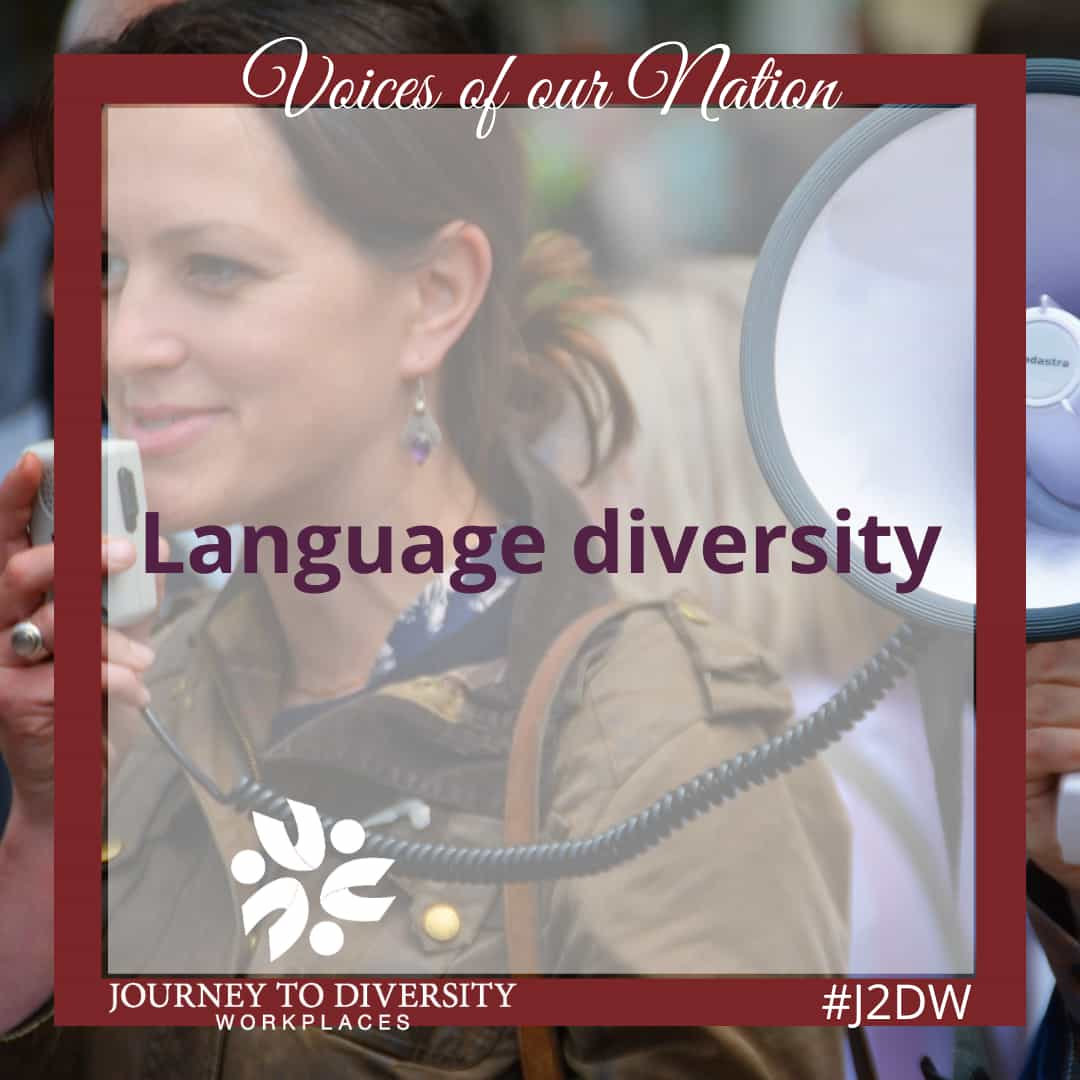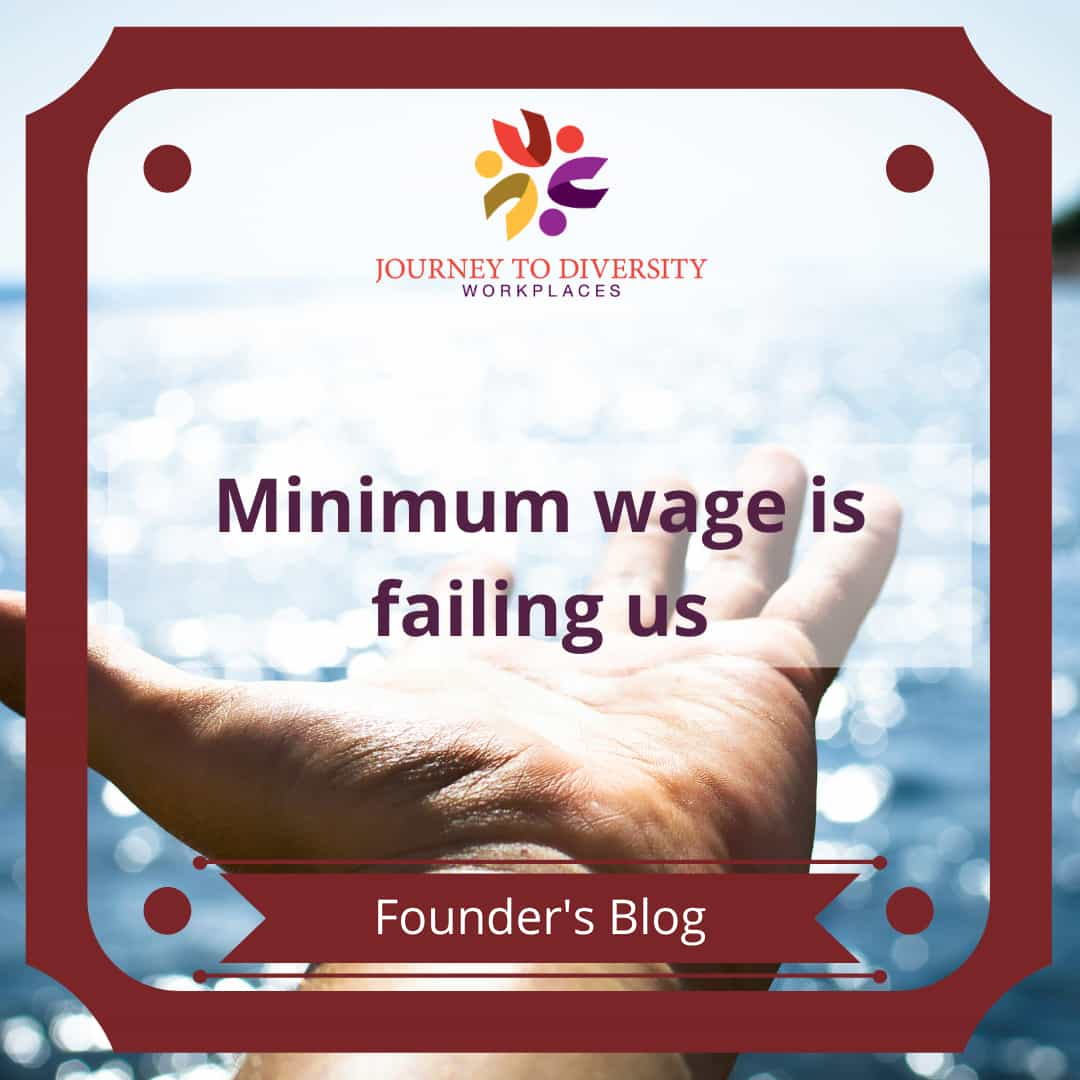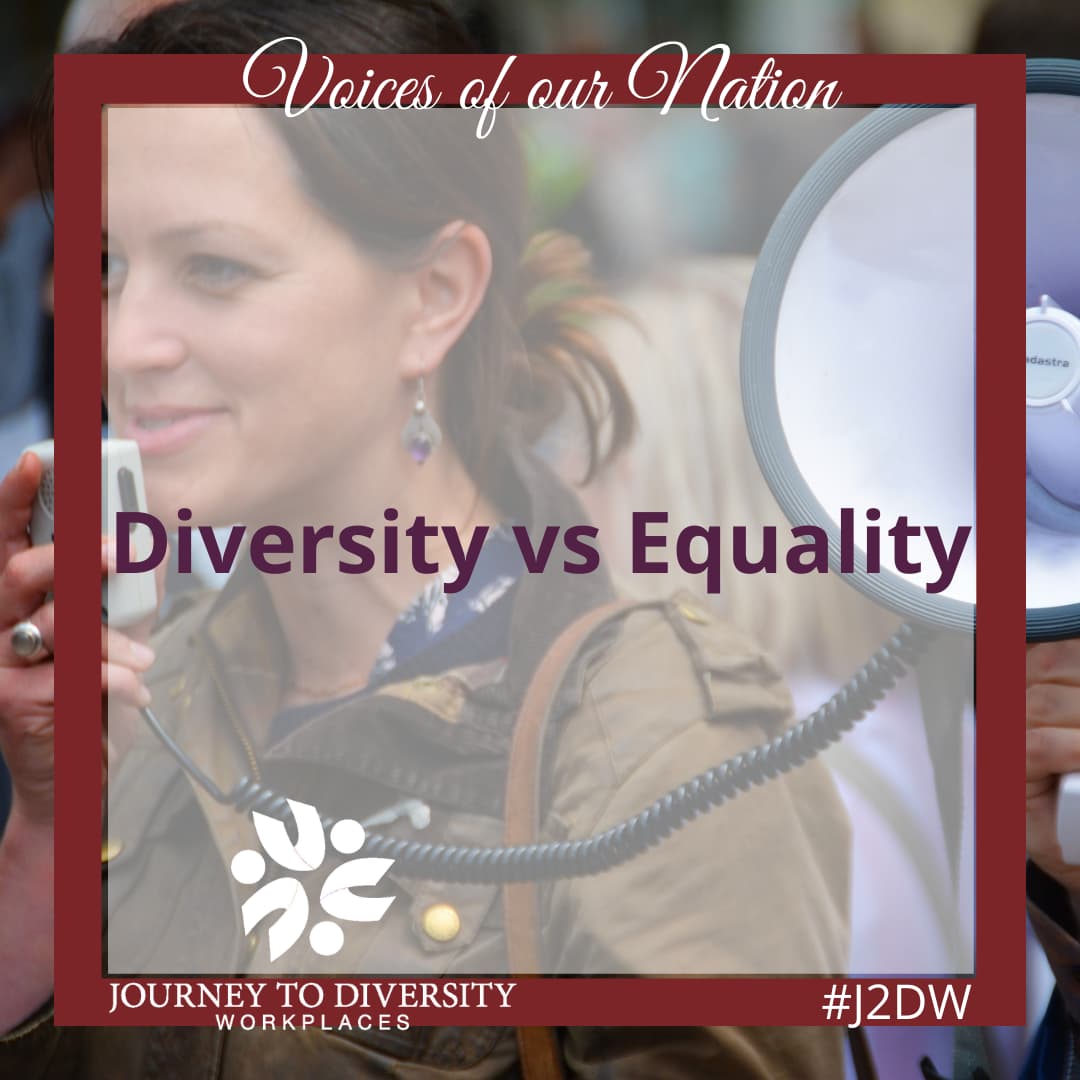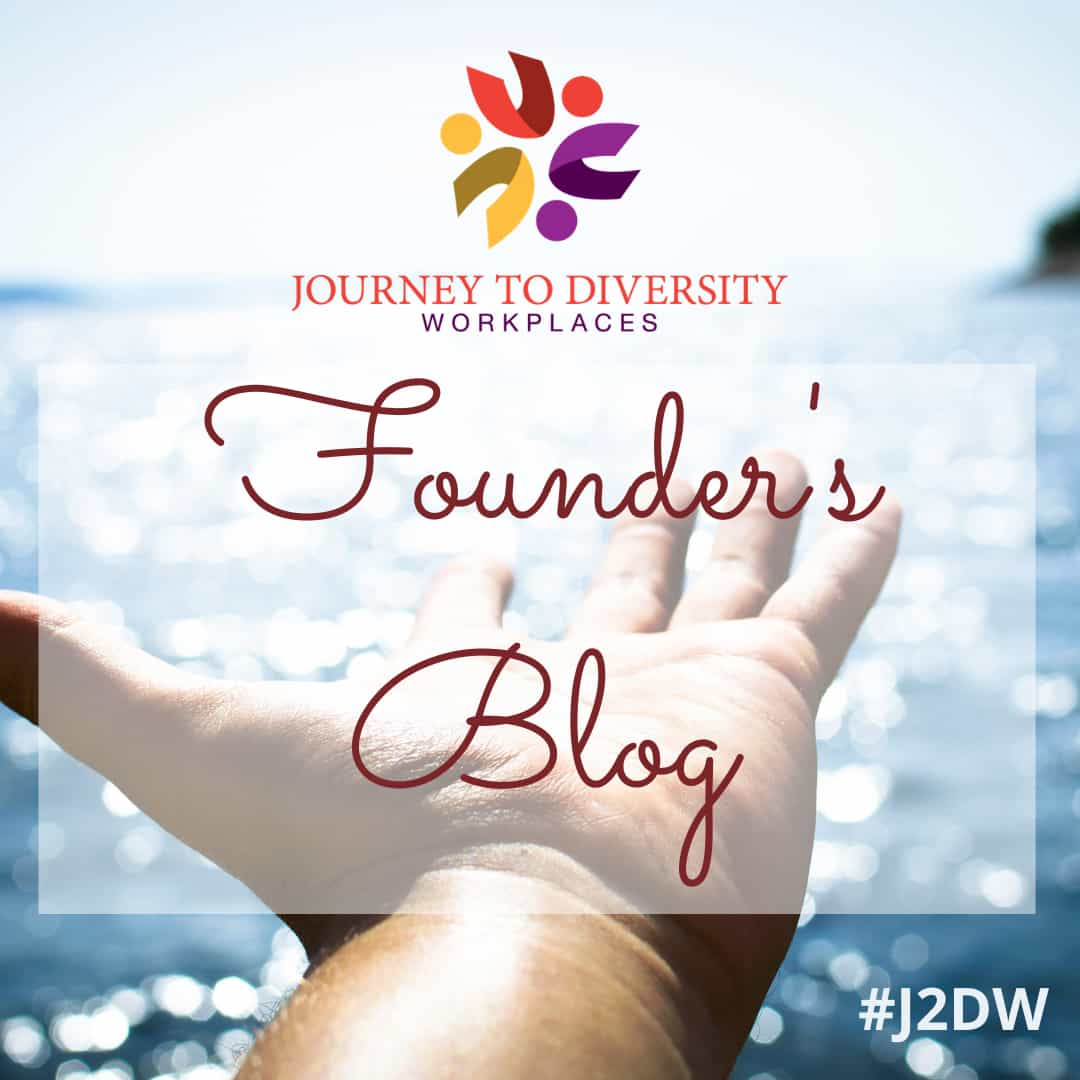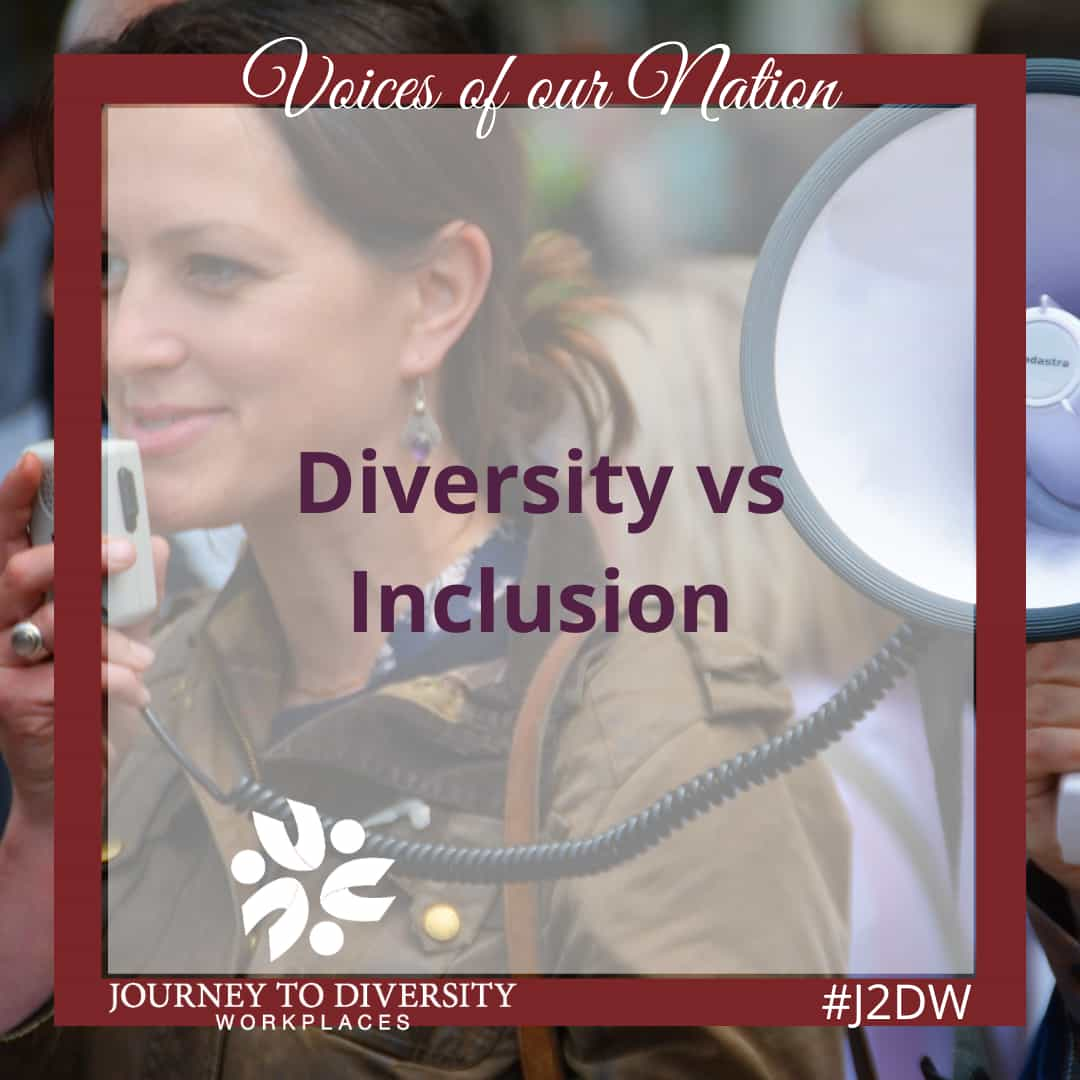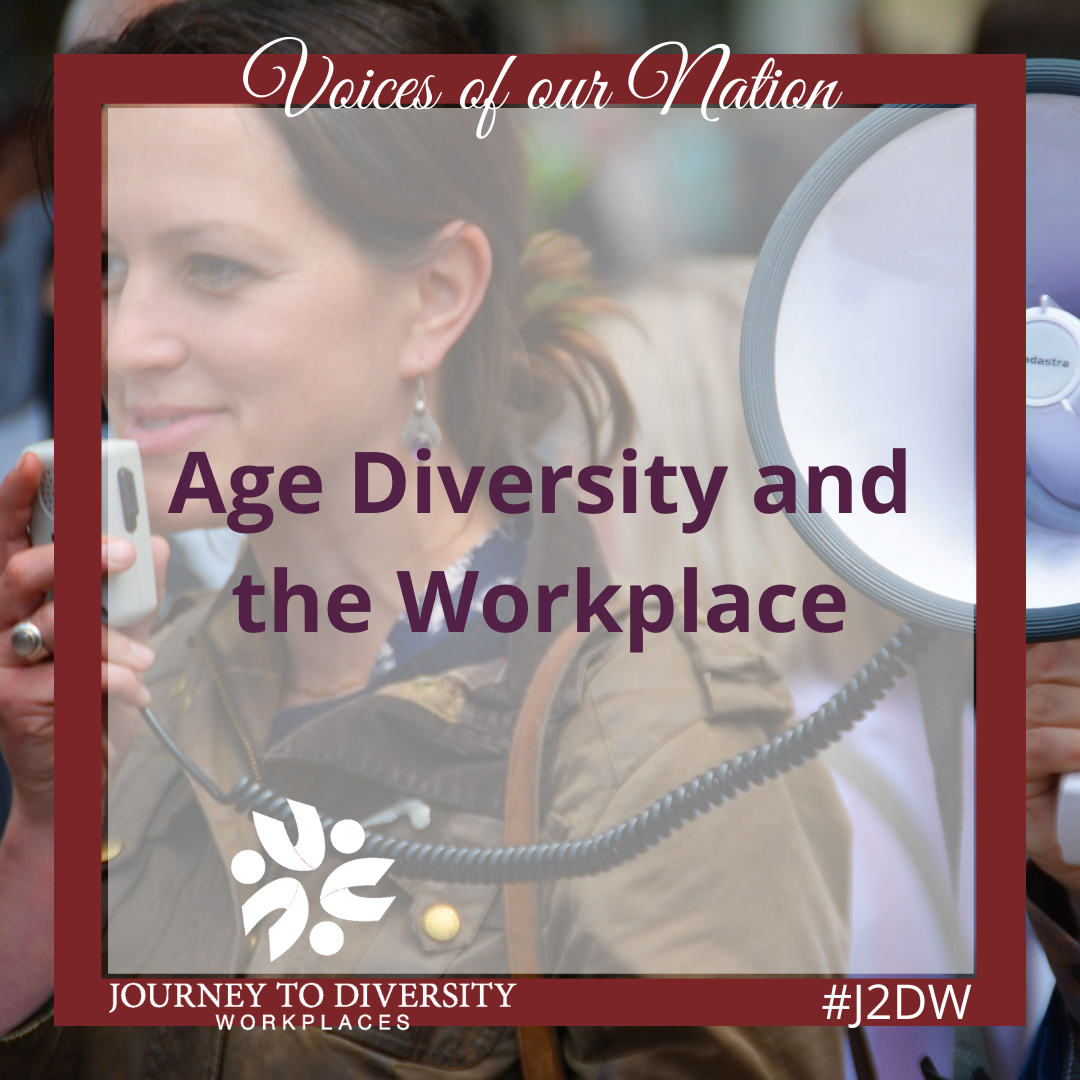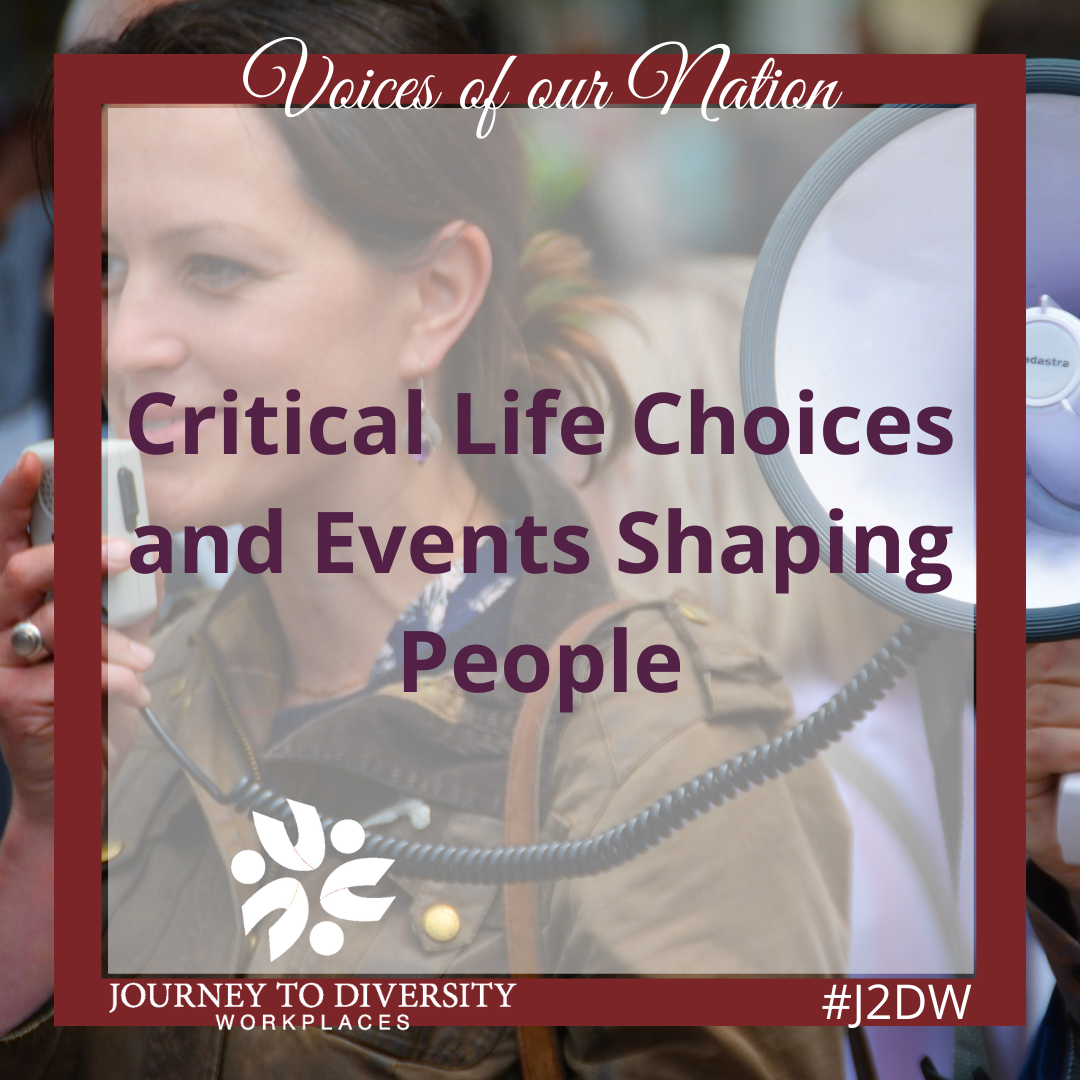There are a variety of workplace issues that both employers and employees encounter. Some of these issues are minor while other workplace issues are more significant and require frequent attention from employees for the workplace to function properly. While it is the responsibility of management to take steps to develop strategies to combat workplace issues, employees also have a responsibility to speak up when they recognize issues that contribute to or may eventually lead to problems.
Communication between employers and employees is very often a cause of workplace issues. If employers are not open to listening or implementing solutions that would make life easier or more efficient for workers, it can create the perception that the employers do not care about the employees. This perception can cause employers to lose the respect of the employees. Resentment and bitterness often follow which usually will lead to other issues.
Negative attitudes and less than professional behavior can poison the workplace atmosphere. Conflicts will arise in every workplace at one time or another. Rather than let issues fester and resentment accumulate, it is essential that active steps be taken to find creative ways to minimize or eliminate common problems. Employers and employees should work to peacefully resolve these issues with colleagues and to develop creative strategies that make it easier for a possible solution to be reached that incorporates the various ideas from employees and employers. It is important for the specific issues to be properly identified so that effective strategies can be implemented to address these concerns within workplaces and communication is a key aspect of conflict resolution within the workplace.
Tensions in the workplace will occur on occasion, but before you speak to others about your concerns, you should always make sure your own behavior is part of the solution, not the problem. For example, if you feel constantly annoyed because a coworker takes extra long breaks throughout the day to smoke or go to lunch, try to control your own annoyance rather than your co-worker. Remember that others probably notice this behavior also and that when it is time for the boss to hand out bonuses or promotions, your long-lunching friend may be left behind. Try to channel your irritation into your own projects and duties. This strategy may help motivate you to more productive and you may be pleasantly surprised at the rewards. Make sure that you do not mimic the behaviors you find upsetting. Always arrive on time to work and stay until the end of the day. Take your allotted lunch period and no more. If you must take a break, take a quick walk to get some exercise.
Workplace problems require that people work together toward appropriate solutions and not create more issues. If the type of situation in your workplace is significant you may want to suggest that a meeting is held to address your concerns. During the meeting discuss the workplace problems and brainstorm solutions to solve it. If people are asked for their input they are often more willing to actively participate in finding a solution. When better problem solving strategies are implemented and consistently reevaluated it will allow for workplaces to function more effectively and efficiently.
This article was contributed by volunteer blogger Shan Simpson.
